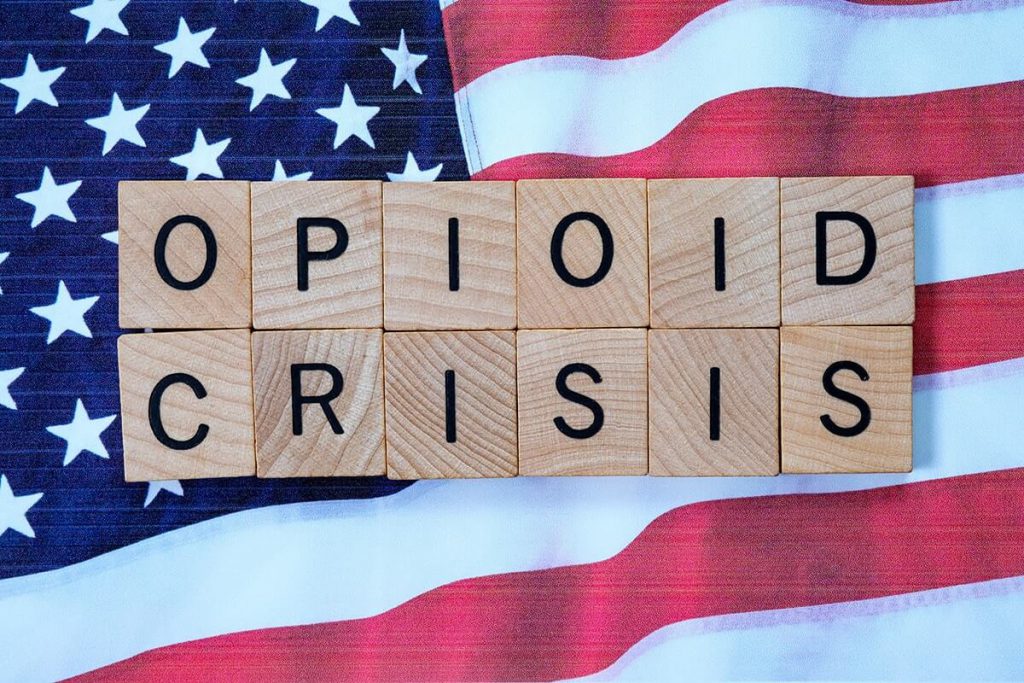History
The US Opioid Crisis has roots that stretch clear back to a letter published in the New England Journal of Medicine in 1980. Overall, that letter about narcotic addiction reported that patients in hospitals showed a low risk for addiction. Over the next few decades, hundreds of articles cited that letter as evidence that opioid addiction was unlikely or rare.
Then, in the 1990s, intense lobbying led medical boards and state legislatures to lift restrictions on opioid prescriptions. Until then, doctors could typically only prescribe opioids for cancer patients. This freed doctors up to prescribe opioids for other pain-intensive conditions.
The Report

The US Opioid Crisis
Treatment
That highly-addictive nature of opioids means effective treatment almost always requires an opioid addiction rehab program. In addition, a withdrawal management program is the typical first step. After navigating the admissions process for a rehab clinic, you undergo multiple therapies and even take a class or two. For example, some of the typical offerings in rehab include:
- CBT
- DBT
- Holistic therapies
- Nutrition programs
Silver Pines Treatment Center
Silver Pines Treatment Center provides opioid addiction treatment for the US opioid crisis in 2019. Moreover, we maintain a home-like atmosphere while providing a highly structured program. Silver Pines makes its home in Northeastern Pennsylvania.
Don’t let opioid addiction control what happens with the rest of your life. In fact, you can overcome it with help from an opioid rehab program. Contact Silver Pines Treatment Center today at 267.209.7313 and learn how we can help you start your recovery.



